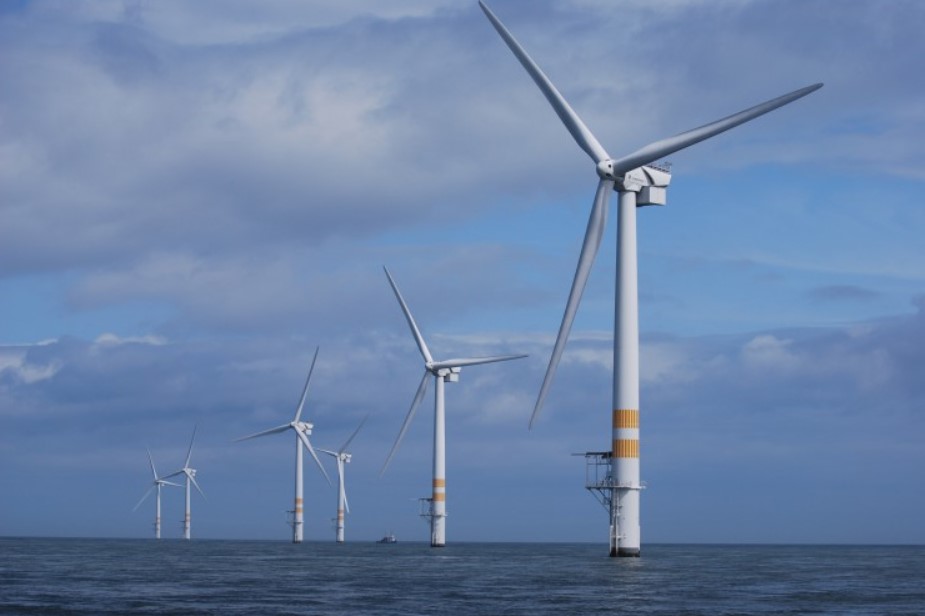The Irish government has approved the terms for Ireland’s second offshore wind auction under the Offshore Renewable Electricity Support Scheme (ORESS). The qualification phase is expected to commence in the first quarter of 2025, with the bidding phase planned for the second quarter.
The site offered, named Tonn Nua (New Wave), is located off County Waterford’s coast, covering 306 square kilometers and capable of supporting 900 MW of offshore wind capacity.
This auction is Ireland’s second offshore wind auction, but the first within the South Coast Designated Maritime Area Plan (SC DMAP), approved by the Oireachtas on 10 October. The SC DMAP represents a significant step in spatial planning for offshore renewable energy (ORE) development. Learn more about SC DMAP.
According to the government, protecting the marine environment and biodiversity and supporting citizens dependent on the sea are central to Ireland’s ORE potential development. The South Coast DMAP also includes three additional offshore wind sites: Lí Ban near County Waterford, and Manannán and Danu, both offshore County Wexford.
The Tonn Nua winner must establish a community benefit fund, contributing about EUR 7 million annually over 20 years to benefit south coast communities. This fund aims to support local environmental, economic, social, and cultural initiatives.
“I am confident Tonn Nua will build on the success of our first offshore auction in 2023, ORESS 1, which exceeded expectations and will save consumers millions annually. Offshore wind benefits customers, the environment, and businesses,” said Eamon Ryan, Minister for the Environment, Climate, and Communications.
In the 2023 ORESS 1 auction, the government secured nearly 3.1 GW of capacity across four projects at an average price of EUR 86.05/MWh.
Earlier this year, Minister Ryan introduced the Future Framework for Offshore Renewable Energy, outlining a path for achieving 20 GW of offshore wind by 2040 and at least 37 GW by 2050.
In September, the European Investment Bank (EIB) and Ireland’s Department of Transport partnered to evaluate port infrastructure development for offshore wind projects in Irish waters.
Follow offshoreWIND.biz on:
“`
Original Story at www.offshorewind.biz
